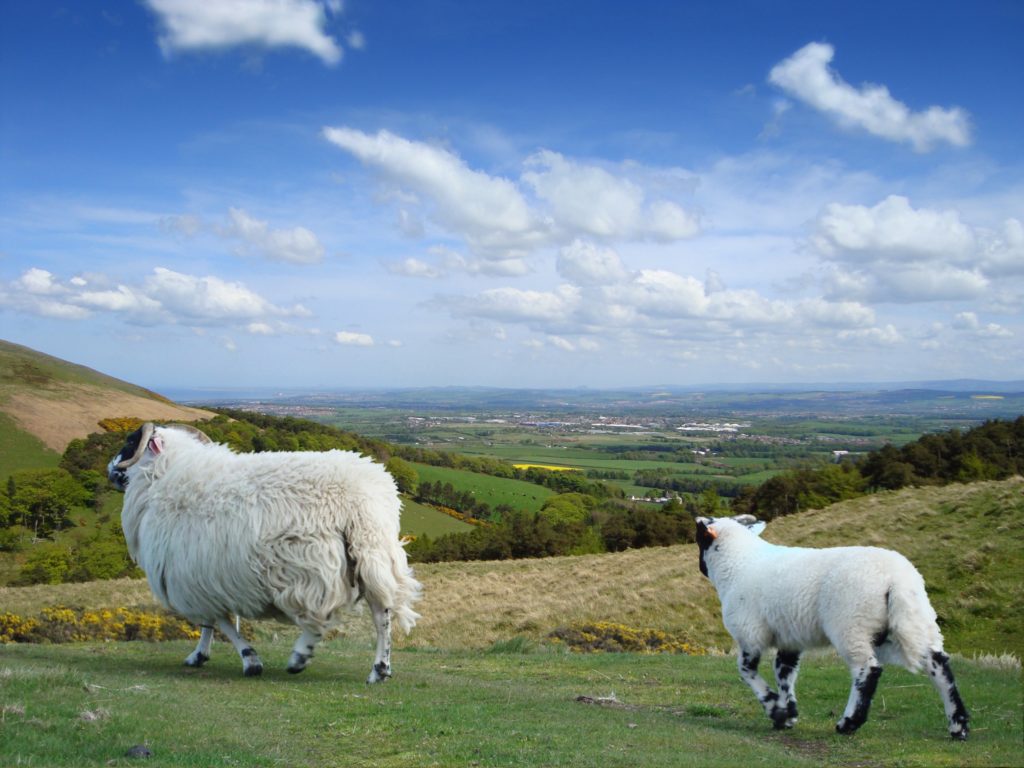Palatable Bracken Risk
3 April 2018With a late spring, beware when putting sheep or cattle onto land with an emerging large number of bracken fronds. Youngstock are most vulnerable, particularly newborn’s being introduced to bracken for the first time. Young shoots are highly palatable in early spring, and if ewe or even cow milk supply is lower and in the absence of much else, they could be seen as a tempting treat.
This also means opportunistic control of bracken through a deliberate increase in grazing pressure in these areas will be much more risky this year. Running empty ewes for a short period remains a possibility. However, prolonged ingestion of bracken in sheep can cause a condition called “bright blindness” due to degeneration of the retina, and tumours of the jaw have been reported.
Toxicity resulting in haemorrhage and death, secondary infections, and tumours of the bladder or digestive tract are reported in cattle. To lessen the risk of losses or ill thrift preferably avoid these areas just now. In larger hill parks or open hill, it may be best to relocate or rotate lick buckets sites to help change the area of grazing pressure.
Sign up to the FAS newsletter
Receive updates on news, events and publications from Scotland’s Farm Advisory Service

